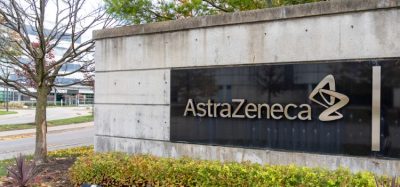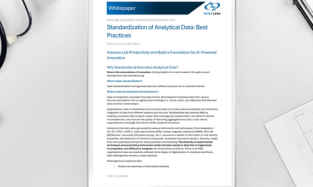Data shows long-term efficacy of Tremfya® in active psoriatic arthritis
Posted: 17 March 2021 | Hannah Balfour (European Pharmaceutical Review) | No comments yet
The joint and skin response rates of adults with active psoriatic arthritis observed with Tremfya® (guselkumab) were maintained over two years.


The Janssen Pharmaceutical Companies of Johnson & Johnson have released long-term data from the Phase III DISCOVER-2 study showing that the skin clearance, joint symptom relief and safety of Tremfya® (guselkumab) previously demonstrated through 24 weeks and one year (week 52) in adults with active psoriatic arthritis (PsA) continued through two years (week 112).
Tremfya is currently the only IL-23 inhibitor therapy approved in the US to treat both adults with active PsA and adults with moderate to severe plaque psoriasis (PsO). The PsA approval was based on results from DISCOVER-1 and DISCOVER-2 previously published in The Lancet.
At week 100, 59 percent of patients receiving Tremfya every four weeks (q4w) and 53 percent of those receiving Tremfya every eight weeks (q8w) achieved complete skin clearance (assessed using the Psoriasis Area Severity Index [PASI]). Among patients who had clinically meaningful PsO at baseline, 62 percent of Tremfya q4w patients and 55 percent of Tremfya q8w patients achieved complete skin clearance as measured by the Investigator Global Assessment (IGA) score of 0.
Additionally, 76 percent of the patients receiving Tremfya q4w and 74 percent of those receiving Tremfya q8w achieved at least 20 percent improvement in joint pain (assessed using the American College of Rheumatology [ACR 20] response criteria). Moreover, 56 percent of Tremfya q4w patients and 55 percent of Tremfya q8w patients achieved at least 50 percent improvement in ACR score.
The study also assessed radiographic progression. At 24 weeks, Tremfya q4w demonstrated statistically significant inhibition of radiographic progression of joint structural damage (measured by PsA-modified van der Heijde-Sharp [vdH-S scores]). Tremfya q8w afforded numerically, but not statistically significant, less radiographic progression compared with placebo. From week 52-100, low rates of radiographic progression of joint damage were observed in patients receiving TREMFYA q4w (0.75) and Tremfya q8w (0.46), which were both further numerically reduced from the results observed during weeks 0-52 (1.06, q4w; 0.99, q8w).
In the group of patients who crossed over from placebo to Tremfya q4w at week 24, mean changes in vdH-S scores were 1.12 from week 0-24 while receiving placebo and 0.34 from week 24-52 and 0.13 from week 52-100 while receiving Tremfya q4w, indicating that further numerical improvements were also made through year two in this group.
According to Janssen, approximately 90 percent of patients randomised to Tremfya q4w or q8w continued treatment with Tremfya through Week 100.
No new safety signals were observed in the safety analysis conducted through week 112.
“PsA is a chronic inflammatory disease of the skin, joints, and soft tissue and therefore, sustained control of this inflammation is important to physicians and patients,” said Dr Alyssa Johnsen, Vice President, Rheumatology Disease Area Leader, Janssen Research & Development, LLC. “These long-term study results further bolster our confidence in the ability of Tremfya to significantly improve the diverse manifestations of PsA over time.”
Related topics
Clinical Trials, Drug Development, Drug Safety, Therapeutics









